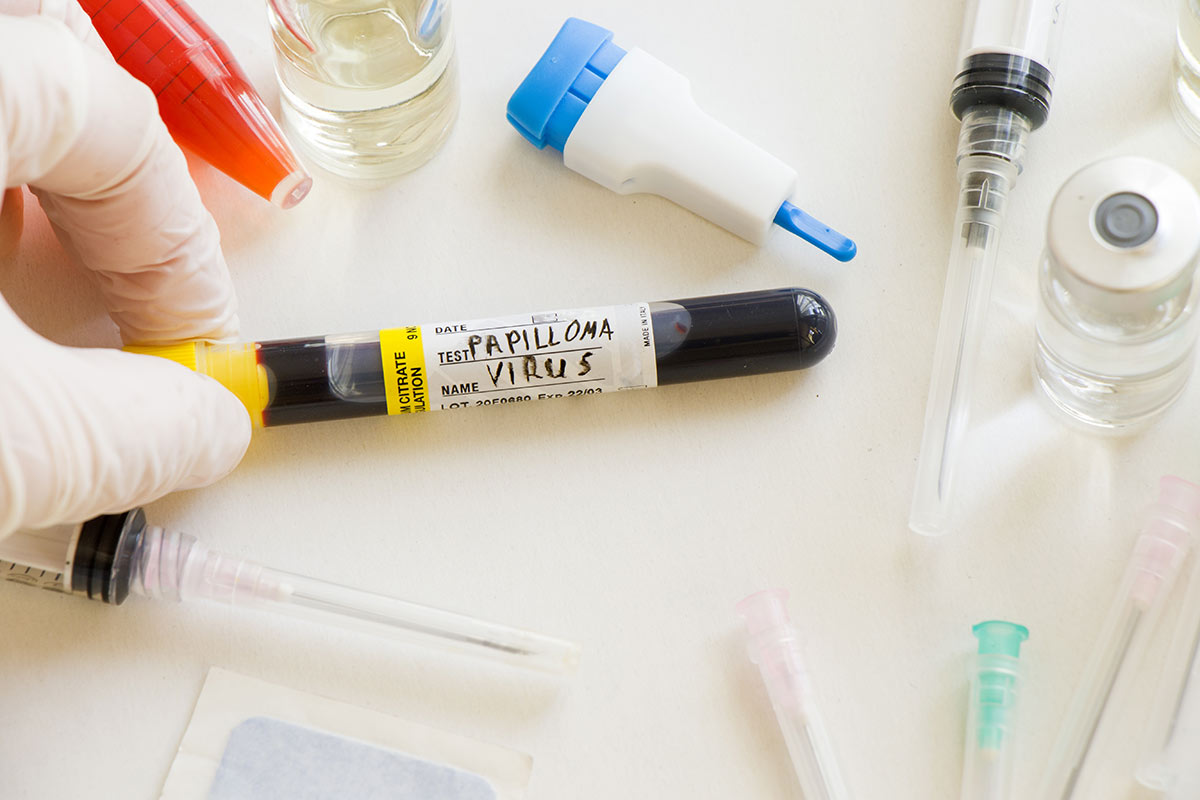Everything You Need to Know About Human Papillomavirus

Human Papillomavirus (HPV) is the most common sexually transmitted infection (STI), affecting millions worldwide. Despite its prevalence, there are still misconceptions and limited knowledge surrounding HPV. At Hello Health, we aim to provide you with all the essential information you need to know about HPV.
What is the Human Papillomavirus (HPV)?
Human Papillomavirus is a group of more than 150 related viruses, out of which over 40 types can infect the genital areas of both men and women. Most HPV infections do not cause symptoms and are typically cleared by the immune system within two years. However, certain high-risk strains can persist, potentially leading to serious health complications.
Transmission and Risk Factors
HPV is highly contagious and can be transmitted through any form of sexual contact involving the infected area. It can also be passed on through non-penetrative sexual activities. Factors that increase the risk of contracting HPV include early sexual activity, multiple sexual partners, a weakened immune system, and engaging in high-risk sexual behaviors. It’s important to note that HPV can be present even without visible genital warts or symptoms.
Symptoms of the Human Papillomavirus
The Human Papillomavirus infection often presents no visible symptoms, making it challenging to detect. However, in some cases, HPV can cause noticeable signs. It’s important to note that HPV can be present in your body even in the absence of visible genital warts or symptoms.
Here are the key symptoms associated with HPV:
Genital Warts:
– Visible genital warts are the most recognizable symptom of HPV.
– These warts may appear as small, flesh-colored bumps or clusters.
– They can be found on the genitals, anus, or surrounding areas.
– Genital warts may be flat or have a cauliflower-like appearance.
Abnormal Pap Test Results:
– In some cases, HPV can lead to abnormal changes in cervical cells.
– These changes are detected through Pap tests, which may indicate the presence of HPV.
– It is essential to undergo regular screenings to identify any abnormalities.
Rare Symptoms:
– In rare instances, certain high-risk strains of HPV can lead to various types of cancer.
– Cervical cancer is the most commonly associated cancer with HPV.
– Other HPV-related cancers include vaginal, vulvar, penile, anal, and oropharyngeal cancers.
Treatment of Human Papillomavirus
While there is no cure for HPV itself, treatment options are available to manage its associated conditions, such as genital warts.
For individuals with visible genital warts, topical medications like imiquimod or podofilox can be prescribed. These creams or ointments are applied directly to the warts to remove them. Alternatively, cryotherapy, which involves freezing the warts with liquid nitrogen, can be used to destroy the abnormal tissue. Surgical removal through excision, laser therapy, or electrocautery may be recommended in more severe or persistent cases.
When it comes to HPV-related cancers, treatment plans vary based on the type and stage of the cancer. Options include surgery, radiation therapy, chemotherapy, targeted therapy, or immunotherapy. Consulting with oncologists and specialists is essential to determine the most suitable approach for each individual.
Regular monitoring and follow-up appointments are crucial for individuals diagnosed with HPV-related conditions. These appointments allow healthcare providers to assess the effectiveness of treatment, detect any recurrence or new abnormalities, and provide necessary guidance and support.
If you have been diagnosed with HPV or any HPV-related condition, it is essential to consult with your doctor for personalized treatment recommendations and support.
Regular Screening
Regular cervical cancer screenings, such as Pap tests and HPV DNA tests, can help detect abnormal cell changes caused by HPV. Early detection and treatment of precancerous conditions can significantly reduce the risk of developing cervical cancer. Encouraging open conversations with healthcare providers about sexual health and safe practices is essential for maintaining overall well-being.
Prevention
The best defense against HPV is prevention. Practicing safe sex, including consistent condom use, can help reduce the risk of transmission, although it may not entirely eliminate it since the virus can infect areas not covered by condoms. Vaccination is another crucial strategy for preventing HPV-related conditions.
Human Papillomavirus Vaccine
Thankfully, a potent preventive measure against HPV infection exists, the HPV vaccine. Let’s delve into the crucial aspects of this vaccine and its role in protecting against HPV-related infections.
The HPV vaccine shields individuals from contracting the most common high-risk HPV strains and the low-risk strains responsible for genital warts. By targeting multiple HPV types, including those linked to various HPV-related cancers, the vaccine acts as a powerful defense mechanism.
Experts recommend administering the HPV vaccine to both males and females before they become sexually active. The optimal age for vaccination typically falls around 11 or 12 years old, although it can be given as early as 9 years old.
The vaccine is administered in a series of doses over a predetermined period, ensuring long-lasting protection. It is important to complete the full vaccine schedule for maximum effectiveness.
Numerous studies have shown that the HPV vaccine is safe and effective in preventing HPV infections and associated complications. It not only reduces the risk of genital warts but also plays a crucial role in preventing cervical, vaginal, vulvar, penile, anal, and oropharyngeal cancers.
By getting vaccinated against HPV, individuals can take a proactive step in safeguarding their sexual health and significantly reducing the risk of HPV-related infections. Consult with healthcare professionals to understand the vaccine’s benefits, schedule, and any potential concerns. Remember, prevention is the key to the fight against HPV.
Source:
